Distraction
aka Bone and Joint Bamboozler 007
A 50 year-old man required intubation for seizure control after he presented in status epilepticus. His past history is notable for a brain tumour resection 5 years previously.
His post-intubation chest radiograph is shown below:
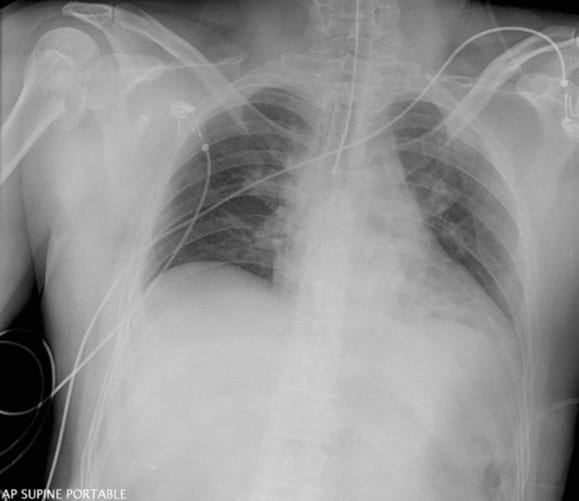
Q1. Describe the findings on CXR
Bamboozler Answer
Aside from the tip of the endotracheal tube being less than 2cm from the carina (i.e. a touch too low), the important abnormality is an injury affecting the right glenohumeral joint and proximal humerus.
This image is a useful reminder that structures outside of the thorax should be scrutinised as part of a systematic approach to chest radiograph interpretation.
Q2. What further imaging should be performed?
Bamboozler Answer
To characterize the injury further, a CT scan of the right glenohumeral joint was performed.
Here are some views of the 3D reconstruction:
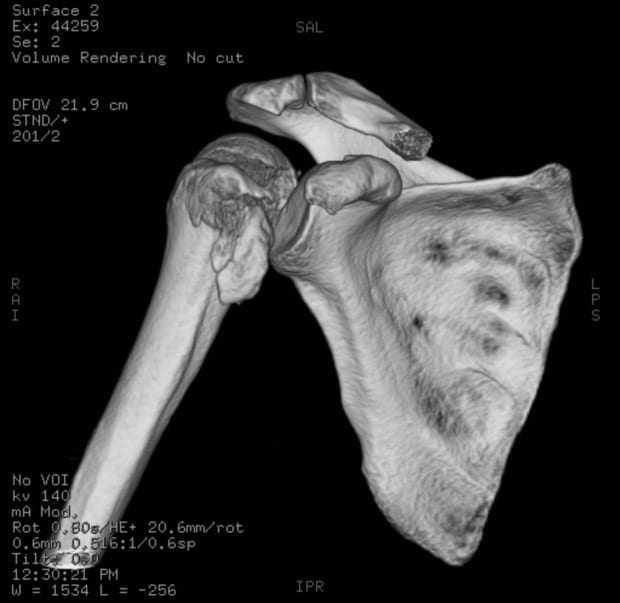
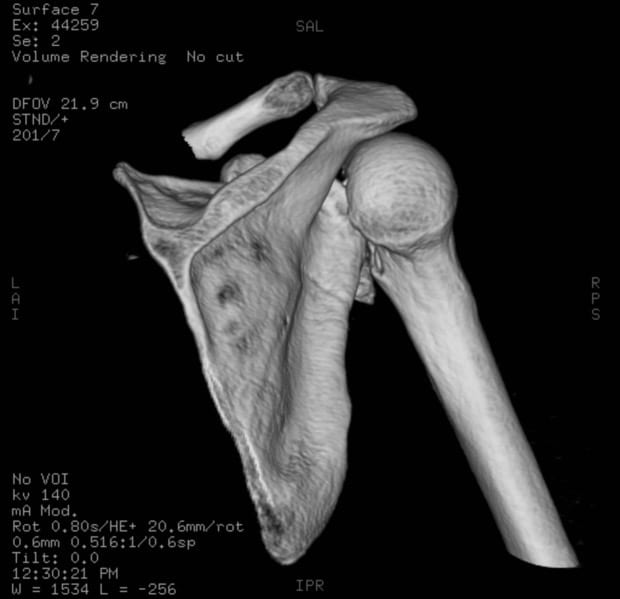
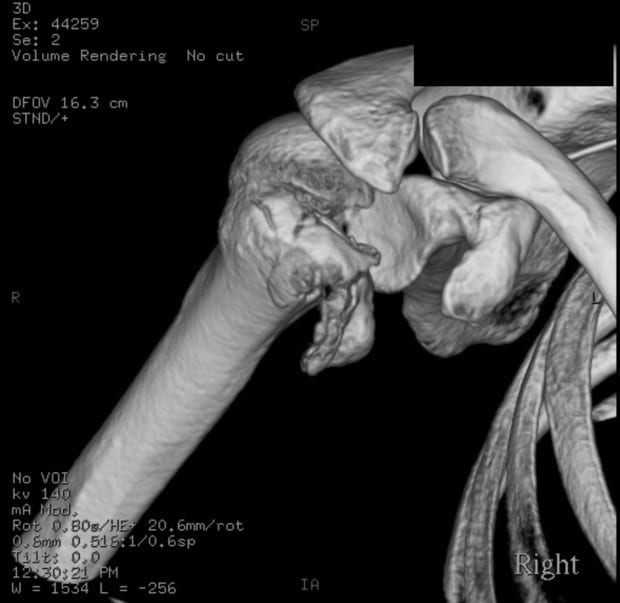
These images show a subacromial posterior dislocation of the right glenohumeral joint with a complex defect of the humeral head.
There is a comminuted fracture consisting of 3 parts with separation of both the greater and lesser tuberosities from the rest of the humeral head.
Q3. What is the mechanism of injury?
Bamboozler Answer
Posterior shoulder dislocations can occur during seizures because tetanic contraction of the muscles causing internal rotation and posterior displacement is stronger than the opposing muscles.
The fractures in this case were probably caused by a combination of the impact on the glenoid on the humeral head and avulsive forces from the muscles that insert on the greater tuberosity (supraspinatus, infraspinatus and teres minor) and the lesser tuberosity (subscapularis).
A vertical impaction fracture on the anteromedial surface of the humeral head is known as a trough line or reverse Hill-Sachs deformity.
As well as Epileptic seizures, posterior shoulder dislocations should be suspected in people with shoulder pain who have had:
- Electroconvulsive therapy (ECT)
- Electrocution
- heavily Ethanol-ised
- Extremely high Energy trauma (even a nasty fall onto an outstretched medially-rotated upper limb could do it).
Unless specifically looked for, posterior dislocations accompanying a proximal humerus fracture can be easily missed.
Q4. What is the management?
Bamboozler Answer
This man’s dislocation was reduced while he was intubated and sedated with a view to subsequent operative repair.
Reduction was achieved by applying axial traction in line with the humerus, with some anterior pressure on the humeral head, followed by a combination of ‘gentle’ flexion, adduction and external rotation.
An associated rotator cuff tear may also be present.
Reference
- LITFL: Posterior Shoulder Dislocation
- Sherman, S. Simon’s Emergency Orthopedics 7e
- Purcell, D. Minor Injuries A Clinical Guide 3e
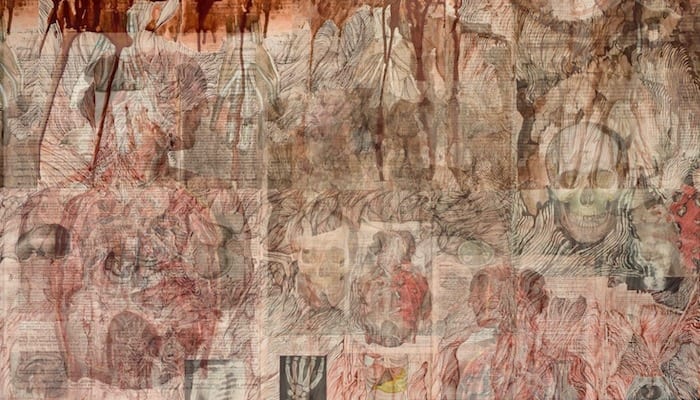
CLINICAL CASES
Bone and Joint Bamboozler
